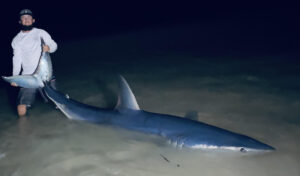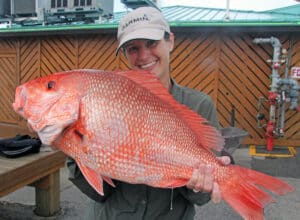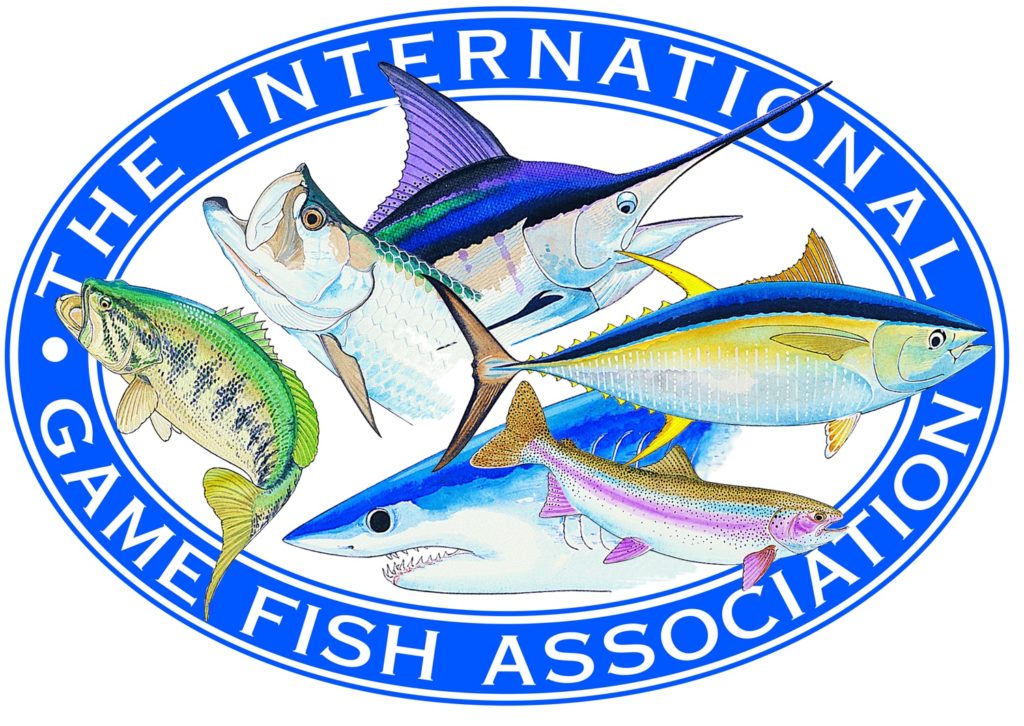
These new rules go into effect on April 1, 2017. courtesy International Game Fish Association
One of the primary functions of the International Game Fish Association is to ensure and maintain responsible, ethical angling practices in part by establishing and maintaining rules. Such rules have been widely adopted globally and by many regional fishing associations as well as many tournaments.
Most rules are very specific and have been for decades.
This month, the IGFA announced significant changes, that will take affect on April 1, 2017, in several rules, explained below.
BACKING AND TOP SHOTS
The current rule: “If the fishing line is attached to backing, the catch shall be classified under the heavier of the lines.”
The concern: This rule has long been contested in cases where the main line or top shot is lighter than the underlying backing, as logic dictates that the lighter line will break before the heavier backing. This is also contrary to IGFA angling rules for fly fishing where the catch is categorized based on the breaking strength of the class tippet, which must be a minimum of 15 inches.
The new rule: Adds a new subsection that reads: “3. The use of backing is permissible” and a new subsection that reads: “4. The catch shall be classified under the breaking strength of the first 16.5 feet (5 meters) of line directly preceding the double line, leader or hook. This section must be comprised of a single, homogenous piece of line.”
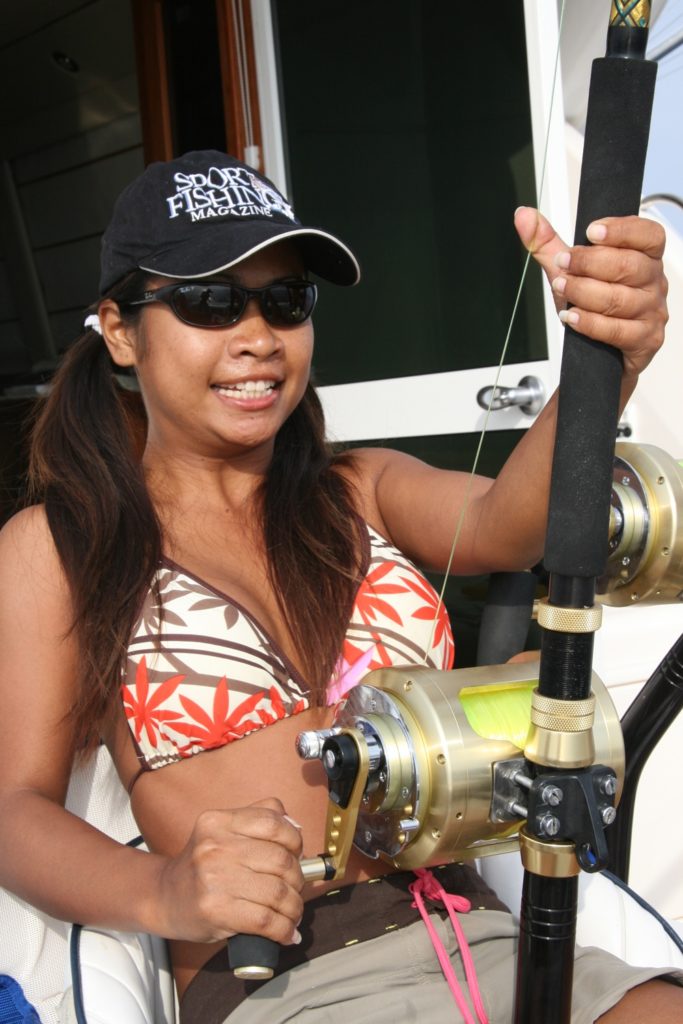
ASSISTING THE ANGLER
The current rule: “The act of a person other than the angler touching the rod, reel, or line either bodily or with a device once the fish strikes or takes the bait” constitutes a disqualification.
The concern: Nowhere do the IGFA’s rules discuss the legality of another person touching or making contact with the angler. The IGFA is frequently questioned on the legality of touching the angler while he/she is fighting a fish.
The new rule: Holding or touching an angler in a manner that assists him/her in fighting the fish or takes pressure off the angler is a disqualifying act. Touching or briefly holding the angler to prevent him/her from falling does not constitute a disqualification.
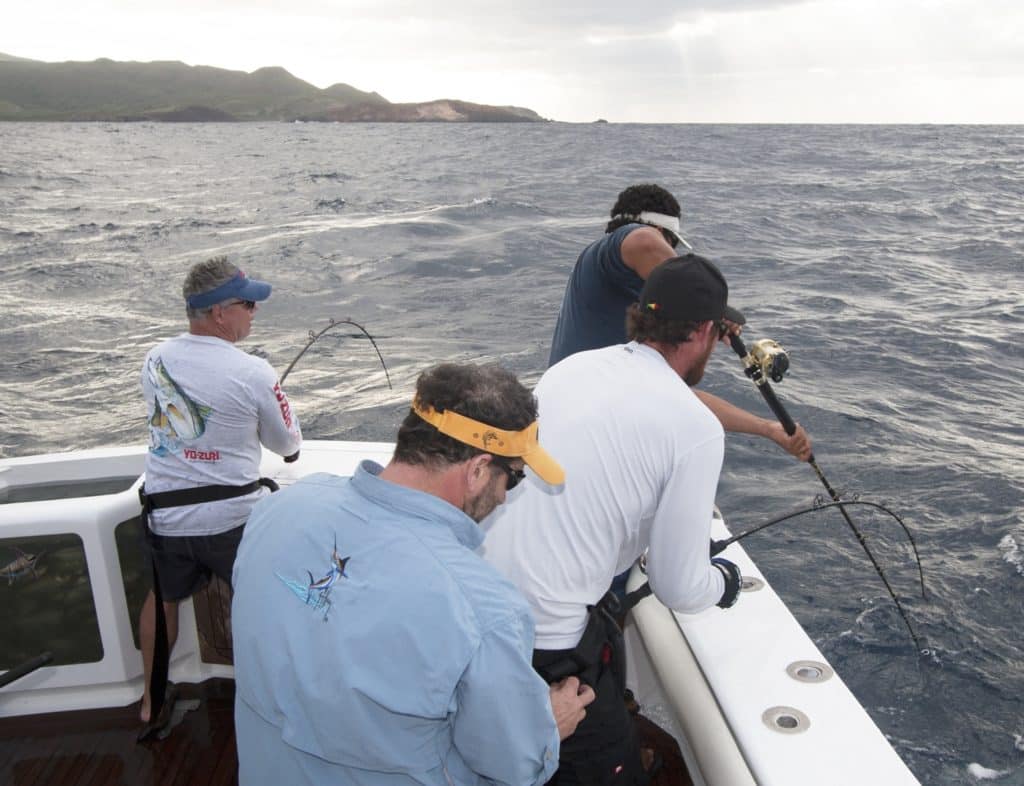
CHANGES TO RECOGNIZED GAME FISH SPECIES
The current rule: The IGFA maintains All-Tackle world records for thousands of different species; however, only certain game fish species are eligible in the additional line-class categories, tippet classes (fly rod), and junior-angler world-record categories.
The concern: In an effort to better recognize premier game fish species around the world that merit such line classes, the IGFA will no longer be accepting line-class, tippet-class or junior-angler world records for the 45 species of freshwater and saltwater fish listed below.
The new rule: Removes from class-record consideration the following saltwater species: Pacific barracuda, black seabass, Japanese parrotperch, spotted parrotperch, Florida pompano, doublespotted queenfish, black-blue rockfish, Atlantic spadefish, oxeye tarpon.
For freshwater, removed are: rock bass, shoal bass, white bass, yellow bass, bluegill, black bullhead, brown bullhead, yellow bullhead, burbot, white catfish, black crappie, white crappie, freshwater drum, Florida gar, shortnose gar, spotted gar, oscar, European perch, white perch, yellow perch, chain pickerel, red piranha, shorthead redhorse, silver redhorse, sauger, American shad, hickory shad, splake, green sunfish, redbreast sunfish, redear sunfish, tench, warmouth, lake whitefish, mountain whitefish, round whitefish.
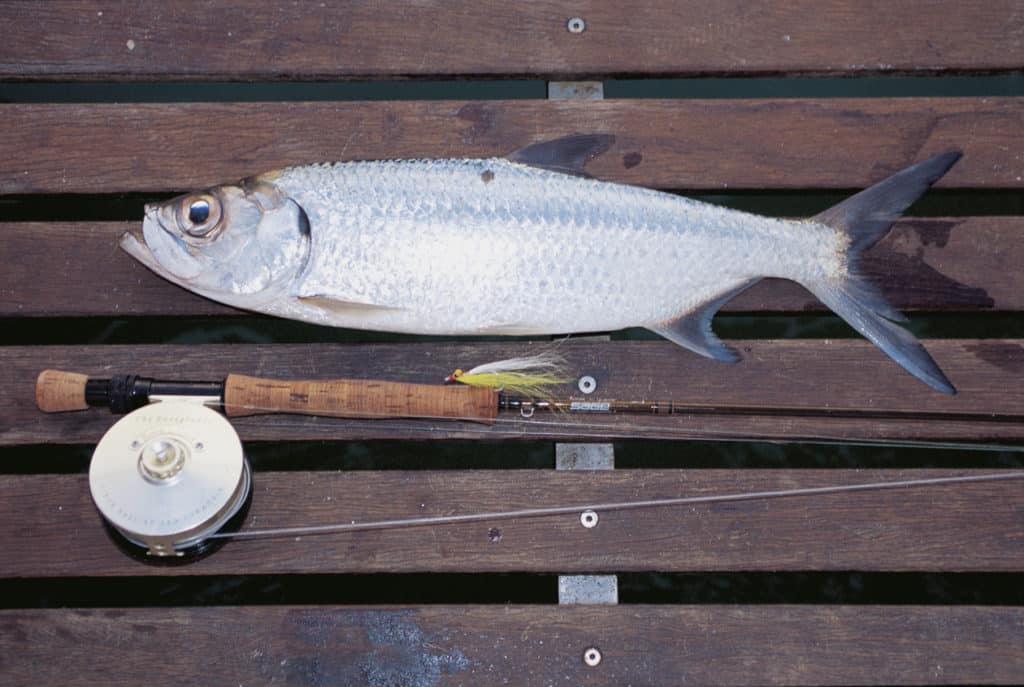
CHANGES TO WORLD-RECORD REQUIREMENTS
The current rule: To submit a line-class or tippet-class (fly rod) world record, the only weight requirement is that the fish must weigh at least .45 kilogram (1 pound).
The concern: As a result of this rule, the IGFA has accumulated a significant number of records where the weight of the fish is much lighter than the size of the tackle used to land the fish.
The new rule:
For line-class categories up to and including 10 kilograms (20 pounds) and all tippet-class (fly-rod) categories:
The catch must weigh at least half as much as the line class in which it is eligible. For example, a fish entered for the 6-kilogram (12-pound) line-class or tippet-class category must weigh a minimum of 3 kilograms.
For line class categories greater than 10 kg (20 lb):
The weight of the catch must be equal to, or greater than the line class for which it is eligible. For example, a fish entered in the 24-klogram (50-pound) line class category must weigh a minimum of 24 kilograms.
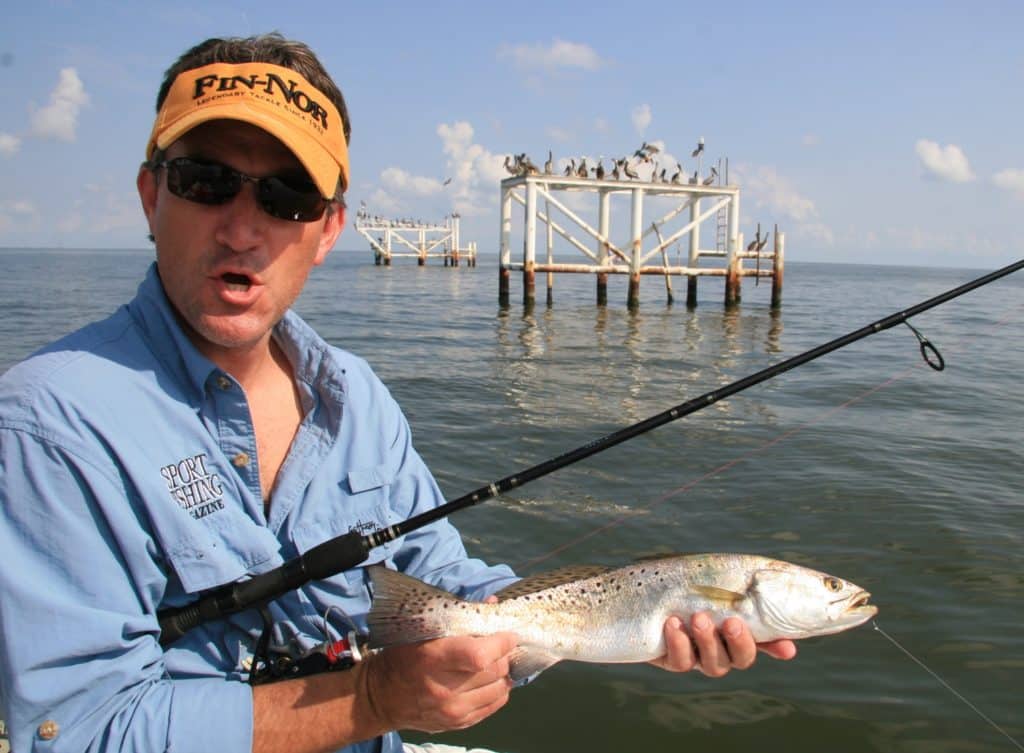
Minimum ratios will not be retroactive and records that currently do not meet the new minimum weight requirements will not be retired. Records listed in the 2017 World Record Book and on the IGFA website will have a new column that instructs anglers what the minimum weight necessary is to establish a record for each line class.

